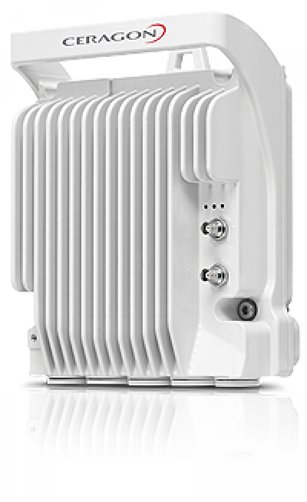All-outdoor, compact, all-IP multicore node

overview
The FibeAir IP-20C is a highly versatile, compact and all-outdoor wireless backhaul node that suits any network deployment scenario, from aggregation sites to small cell backhaul, at LTE, LTE-Advanced pro and 5G mobile network, as well as any vertical application, and is designed to help you meet a wide variety of challenges throughout your network deployment.
Designed with flexibility to meet a wide variety of challenges throughout your network deployment, the IP-20C-HP enables 1Gbps radio capacity over a single 28MHz channel or 2Gbps over a single 56MHz channel.
The FibeAir IP-20C operates within the entire microwave communication spectrum, offering high spectral efficiency across licensed and license-exempt microwave communications frequency bands (6-42GHz).
With its multicore technology, the FibeAir IP-20C allows you to continuously increase your operational efficiency and provide better quality of experience to your customers.
 FibeAir IP-20 platform brochure - ANSI
FibeAir IP-20 platform brochure - ANSI
 Delivering Value with Multicore Technologies
Delivering Value with Multicore Technologies
 What you need to know about 5G wireless backhaul - White Paper
What you need to know about 5G wireless backhaul - White Paper
 FibeAir IP-20 Platform brochure - ETSI
FibeAir IP-20 Platform brochure - ETSI